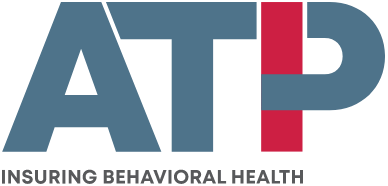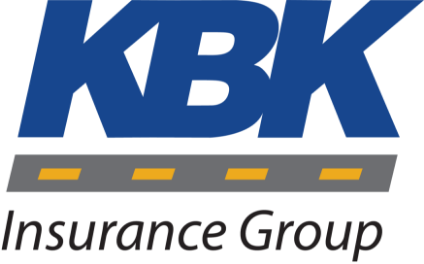5 Strategies for Effective Summer Volunteer Risk Management

By Chris Hale
Most nonprofits depend on volunteers to advance their missions. Approximately 63 million Americans — 25% of the adult population — volunteer their time, talents and energy to making a difference, demonstrating that volunteering remains an important activity for millions of Americans.
Volunteers make nonprofit missions happen, but they can also expose them to risk — one that can expand significantly in the spring and summer months when there’s an influx of volunteers. To remain vigilant with a stream of seasonal helpers, nonprofits should remember to:
Run appropriate background checks: At no point should nonprofits ever assume that they can’t be sued because of their 501(c)(3) status. Having a charitable purpose won’t protect them if a volunteer or employee commits a criminal offense. Completing thorough background screenings in compliance with relevant local, state and federal laws can help to ensure that the volunteers they hire are the right people for the job. Volunteers should also sign a waiver of liability that essentially says the volunteer is assuming risk. In this case, they’re not employees so they wouldn’t be covered under workers’ comp.
Determine proper oversight: To determine the level of supervision they need, organizations should first evaluate whether they have low, normal or high exposure depending on the ratio of volunteers to clients. However, the general recommendation is to always have two adults supervising. Supervision should be on a regular, day-to-day basis, so it shouldn’t tail off after a few weeks and it must be consistent on every occasion when volunteering takes place.
Use position descriptions to clarify responsibilities: This isn’t to say that job descriptions are always necessary. Organizations don’t need to write them if they’re recruiting people to do a simple task such as handing out flyers for a one-time special event. But creating job descriptions for more complex, long-term assignments is encouraged. And besides clarifying what volunteers are expected to do, job descriptions send the message that the nonprofit is well-organized. Every volunteer wants to do a good job; a better understanding of their personal obligations sets the stage for stellar performance.
Conduct proper training and onboarding: Volunteers should be treated as staff members and be provided the same health and safety protection organizations guarantee their full-time employees. The same goes for training. Volunteers should have equal access to training for equivalent positions and learning and development should be a collaborative effort between the nonprofit, supervisors and volunteers to align individual goals with the overall direction of the organization. It’s important to not skimp on training or assume volunteers know how to do the job.
Promote a speak-up culture: One harsh reality is that, from time to time, even the most promising, mission-driven volunteers make judgment errors or fail to meet performance expectations. Despite organizations investing millions in misconduct prevention, employee silence, and thus volunteer silence, continues to perpetuate wrongdoing. With the leading cause of silence being the fear of repercussions, nonprofits should encourage their employees and volunteers to communicate regularly, honestly and openly. They do this by earning their trust and demonstrating to them that it’s safe to speak up, especially if a team member witnesses wrongdoing.
Nonprofit risk management is an ongoing process. It takes time and oversight, and while it may seem tedious at times, it ultimately saves nonprofits time and money in the short and long term. By focusing their efforts on risk prevention before a new wave of seasonal volunteers join, nonprofits avoid being one that we hear about in the news for the wrong reasons. Putting in the effort now helps build an organization that is safe, strong and ready to serve.












